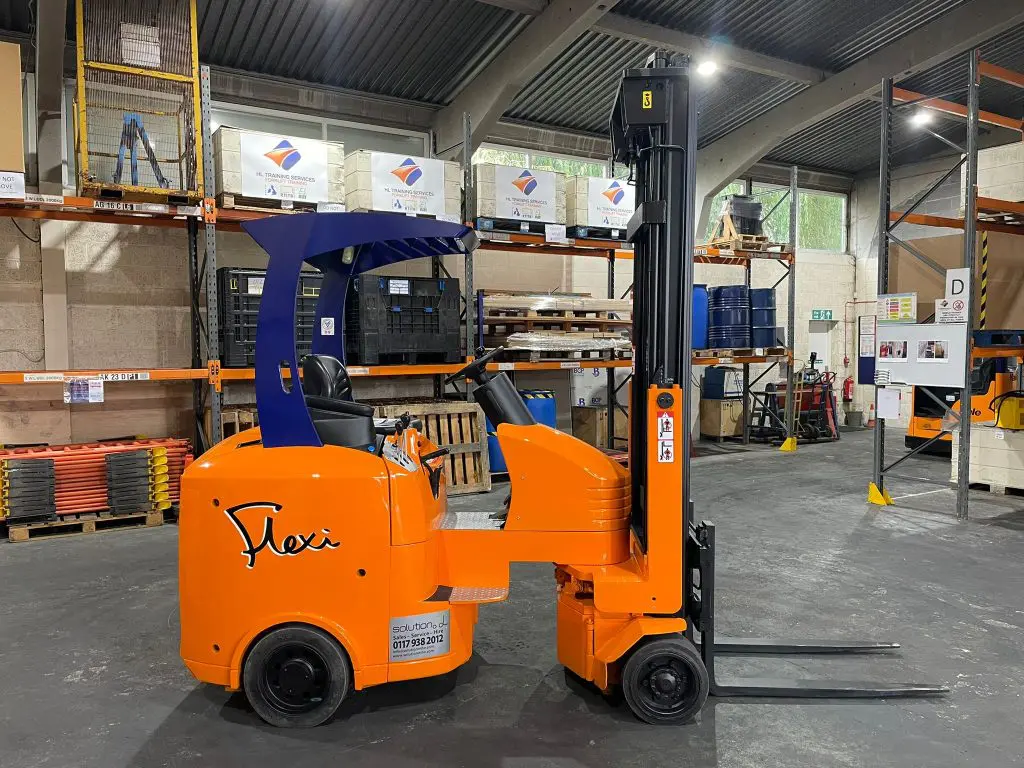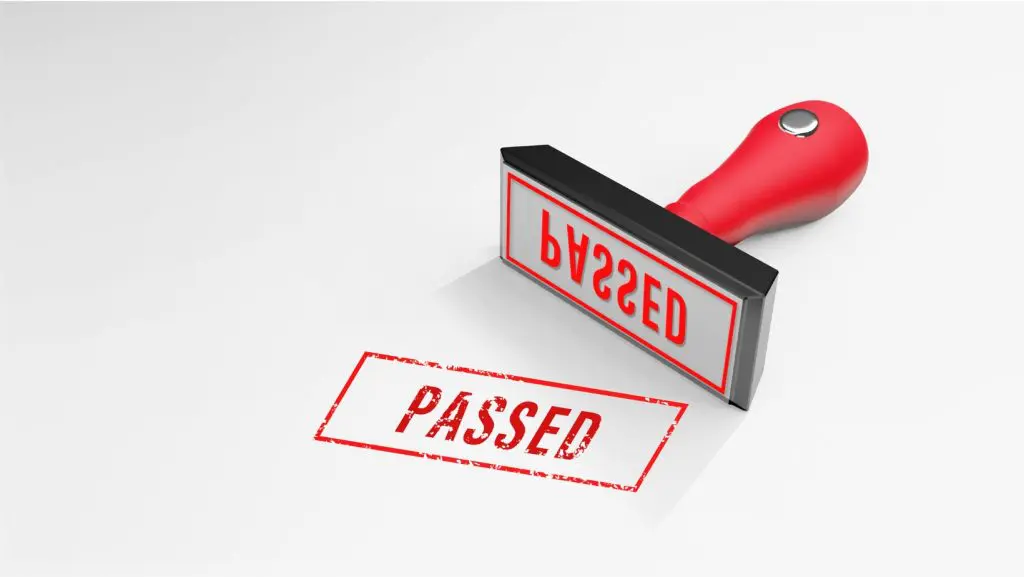
Forklift certifications promote a safer, more efficient work environment. For individuals, achieving certification means gaining valuable skills, while for employers, it ensures operations are both safe and legally compliant. Whether you’re new to the material handling industry or a seasoned professional, understanding forklift certification requirements is essential for safety and compliance in the workplace. This […]

If you want to become a certified forklift operator, you must pass a forklift theory test. This exam will assess your knowledge of safety procedures, operational guidelines, and legal requirements that are essential for operating a forklift in various work environments. While it may seem daunting at first, understanding the test’s structure and key topics […]

Like a normal driving test, for most people, the easiest part of gaining a forklift driving certification is the theory or written exam, not the practical driving test. Applying what you have learned from the theory to driving a forklift can be difficult. But with practice and a good knowledge of best practices, you can […]

Forklifts can go faster than you think! Well, they still go relatively slow compared to a car, but even at these slower speeds, they can still cause injury and sometimes fatalities if operated inappropriately. In this guide, find out everything you need to know about forklift speeds and what the official guidelines say about forklift […]




